
PR
As we move into December this year, there are some tasks to be taken care of first. Stretched on the wall near the ceiling of the office.Replace the "spell" with a new one.Noda.
The larger one is 20 cm long and 5 cm wide. The smaller one is 6 cm long and 2 cm wide. Cut two large ones and five small ones from a half-sheet of paper.Write the date "December 12."The larger ones are placed in the kitchen along with a fire extinguishing talisman from Atago Shrine, and the smaller ones are placed on windows and doorways, upside down, on the wall. This has been handed down in the author's family for generations.Reverse tags" to repel thieves, pickpockets, burglars, etc.It is. I am told that it is valid for one year.
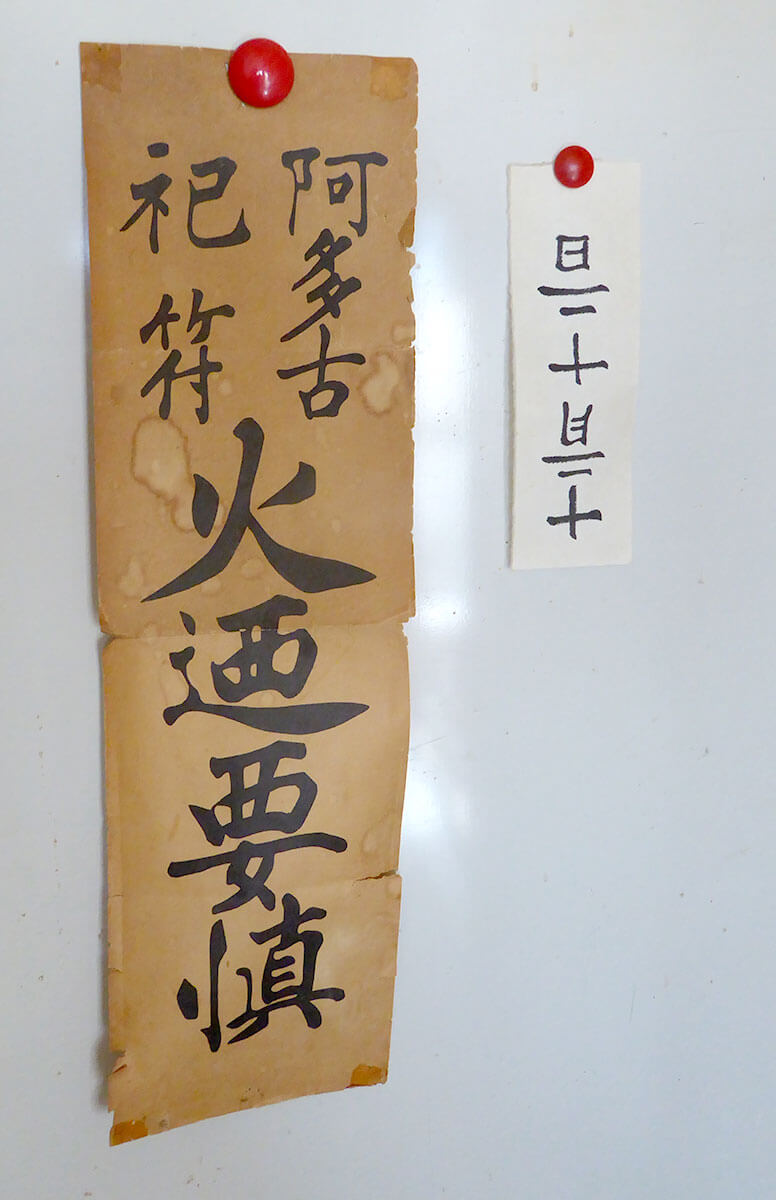
The spellbinding bill, which is posted in the author's kitchen.
Now, you write that "December 12,What is this day? It is the day when Ishikawa Goemon, the greatest thief in Japan, was executed at Sanjogawara, in other words, the day of his death.He said that it is.
According to "Kyoto Daijiten (Encyclopedia of Kyoto)," Goemon was a great bandit of the Azuchi-Momoyama period who was captured in the 3rd year of Bunroku (1688-1704) and executed with his son by order of Toyotomi Hideyoshi in Sanjogawara. In the Edo period (1603-1867), he was featured in joruri (dramatic dramas) and kabuki plays, and became a legend. He is believed to have existed, as he is mentioned in "Kotokei no kyouki" written by Yamashina Kotokei, a court noble of the Azuchi-Edo period (1603-1868). However, the date of death is different in the diary, which mentions in the section on August 24, 1594, that he "became a kettle roaster with ten thieves and others. According to one theory, December 12 is not the date of death, but the date of Goemon's birth.
The December 12 bill is called "upside-down bill" because it is pasted upside down. By the way,Why do they put the bills upside down?
In the old days, thieves snuck in through the ceiling, so the bill was turned upside down,From the thief, I made it read December 12.The last time I saw him, he was a thief. In other words, even the greatest thief in the world was caught and turned into a kettle roast in the end.The thief is warned by the threat, "You'll get the same thing.It is said that he was roasted alive. It is said that he was punished with the terrible penalty of being roasted alive not only because he was famous as a bandit, but also because he was aiming for the head of Toyotomi Hideyoshi, the ruler of the time.
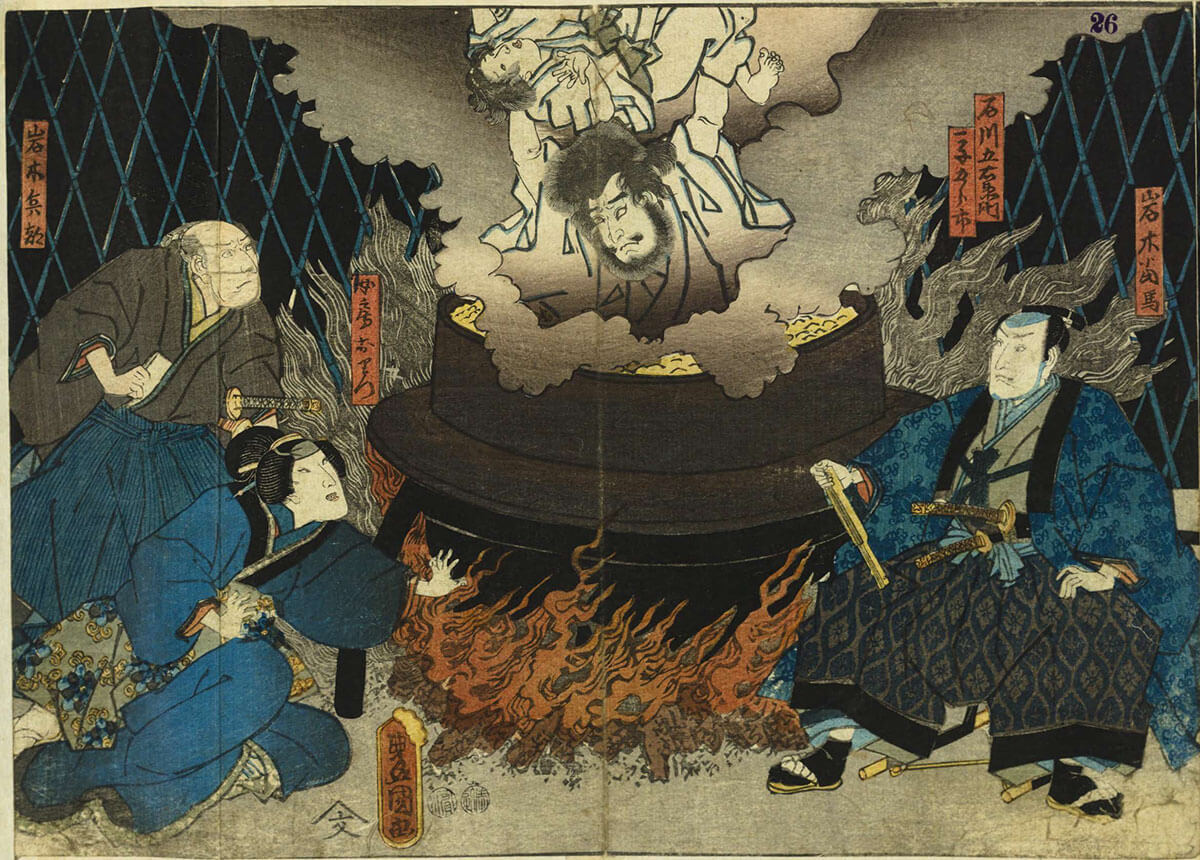
Digital Collections of the National Diet Library
Edo Ed Nihonshi" Ishikawa Goemon
The custom of upside-down tags is said to have spread among the common people during the Edo period (1603-1867). While in the past, the tags were affixed near the ceiling, modern house conditions have led to an increasing number of houses affixing the tags near the front door or window. Also, the tags are,It works great when written by a child who turns 12 on December 12 at 12:00 pm.The company says that this is the case. By the way,Keep small bills in your wallet so you don't get purse-slipped.So I would like to do it by all means. In addition, the custom of upside-down bills is not limited to Kyoto, but is common in Osaka, Nara, and other areas in the Kansai region that were influenced by Toyotomi Hideyoshi.
In Kyoto, there is a custom of placing a broom upside down on the ground when an unwelcome guest arrives. The broom is a spell to make the guest go home quickly,Perhaps they thought that the unusual act of "turning it upside down" would increase its efficacy.The busy season of the year. In fact, it is said that burglaries and thefts are most common during this period. We hope to be blessed by the upside-down bill and start preparing for the year-end and New Year's holidays.

Old postcards from the author's collection.
Sanjogawara, where Ishikawa Goemon was executed, is depicted.
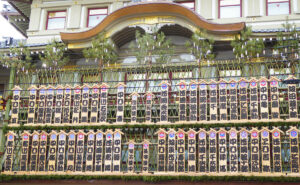
Kyoto's seasonal traditions during the New Year's holiday

Traditionally located in Keihoku, Ukyo-ku, Kyoto City
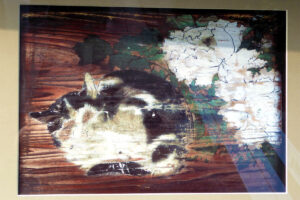
Slipping out of the ema at night
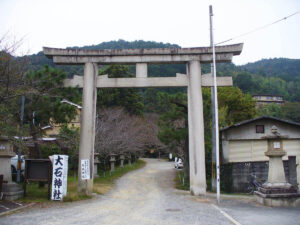
It is also a blessing for the fulfillment of great wishes!
Tradition that exists everywhere in the city of Kyoto. It is not just a picture, it is secretly alive in this modern age and continues to coexist with people. The two of Office TO, who previously wrote a series of articles "Kyoto's Demon World Exploration" in the monthly magazine Leaf, explore the mysterious "different" world of Kyoto, which was created over 1200 years. I will unravel the story while actually visiting the place. .
 News
News Feature article
Feature article Featured event
Featured event